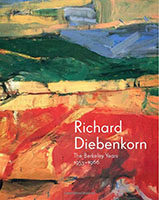 As always, art books are well represented among this year’s recommendations from browngrotta arts-affiliated artists, and at least one of the volumes offers life lessons, too. Adela Akers writes that “the best books so far this year are the Diebenkorn catalogs for the exhibition at the de Young Museum,” which includes, Richard Diebenkorn, The Berkeley Years, 1953- 1966. Adela also recommends The Intimate Diebenkorn: Works on Paper 1949-1992, both as “good reads that include wonderful reproductions.”
As always, art books are well represented among this year’s recommendations from browngrotta arts-affiliated artists, and at least one of the volumes offers life lessons, too. Adela Akers writes that “the best books so far this year are the Diebenkorn catalogs for the exhibition at the de Young Museum,” which includes, Richard Diebenkorn, The Berkeley Years, 1953- 1966. Adela also recommends The Intimate Diebenkorn: Works on Paper 1949-1992, both as “good reads that include wonderful reproductions.”  The comprehensive volume,
The comprehensive volume, 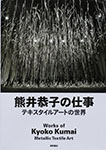 Works of Kyoko Kumai Metallic Textile Art, published earlier this year tops Kyoko Kumai’s list. The book’s text appears in English and Japanese and it includes a digital version of the book on cd. Naomi Kobayashi recommends Sheila Hicks for its content and beautiful binding.
Works of Kyoko Kumai Metallic Textile Art, published earlier this year tops Kyoko Kumai’s list. The book’s text appears in English and Japanese and it includes a digital version of the book on cd. Naomi Kobayashi recommends Sheila Hicks for its content and beautiful binding. 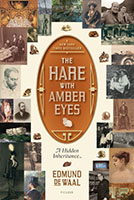 Kay Sekimachi listed The Hare with Amber Eyes. In it, Edmund de Waal, a potter and curator of ceramics at the Victoria & Albert Museum, describes the experiences of his family, the Ephrussis, and explores the family’s large collection of Japanese netsuke, tiny hand-carved figures including a hare with amber eyes.
Kay Sekimachi listed The Hare with Amber Eyes. In it, Edmund de Waal, a potter and curator of ceramics at the Victoria & Albert Museum, describes the experiences of his family, the Ephrussis, and explores the family’s large collection of Japanese netsuke, tiny hand-carved figures including a hare with amber eyes.  In Heidrun Schimmel’s view, the 55. Esposizione Internazionale d´Arte was one of the best Biennials in Venice ever, and she enthused about the accompanying catalog, The Encyclopedic Palace, 55th International Art Exhibition: La Biennale di Venezia. Its title was chosen by the director for the 55th Biennale as a reference to the 1955 design registered with the US Patent office by the self-taught artist Marino Auriti, depicting an imaginary museum that was meant to house all worldly knowledge and human discoveries, from the wheel to the satellite. On the opposite side of Canale Grande writes Heidrun, “there is an important exhibition, Prima Materia, Punta della Dogana, Venezia, Dorsoduro, Pinault Collection, especially for artists who are working with material as matter. This exhibition continues through 2014, and is accompanied by a very good catalog,
In Heidrun Schimmel’s view, the 55. Esposizione Internazionale d´Arte was one of the best Biennials in Venice ever, and she enthused about the accompanying catalog, The Encyclopedic Palace, 55th International Art Exhibition: La Biennale di Venezia. Its title was chosen by the director for the 55th Biennale as a reference to the 1955 design registered with the US Patent office by the self-taught artist Marino Auriti, depicting an imaginary museum that was meant to house all worldly knowledge and human discoveries, from the wheel to the satellite. On the opposite side of Canale Grande writes Heidrun, “there is an important exhibition, Prima Materia, Punta della Dogana, Venezia, Dorsoduro, Pinault Collection, especially for artists who are working with material as matter. This exhibition continues through 2014, and is accompanied by a very good catalog, 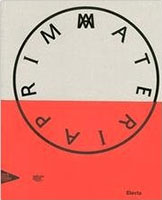 Prima Materia, edited by curators Caroline Bourgeois and Michael Govan.”
Prima Materia, edited by curators Caroline Bourgeois and Michael Govan.”  Randy Walker read Visual Complexity: Mapping Patterns of Information by Manuel Lima this year. “To me, network diagrams and their many variations are highly suggestive of fibrous connections. I am experimenting with the idea of my lines as connectors of different types of information. The information can generate the connections. The book played an inspirational role in a new public art project I working on with Roosevelt High School here in Minneapolis to explore the network diagram in three dimensions. Here’s a link to the Kickstarter campaign to raise money for the project: Connections Gallery.”
Randy Walker read Visual Complexity: Mapping Patterns of Information by Manuel Lima this year. “To me, network diagrams and their many variations are highly suggestive of fibrous connections. I am experimenting with the idea of my lines as connectors of different types of information. The information can generate the connections. The book played an inspirational role in a new public art project I working on with Roosevelt High School here in Minneapolis to explore the network diagram in three dimensions. Here’s a link to the Kickstarter campaign to raise money for the project: Connections Gallery.”
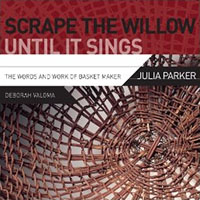 And From Gyöngy Laky, a recommendation for a book and a for approaching life. “Two artists I admire enormously, Julia Parker and Deborah Valoma, created, Scrape the Willow Until It Sings, The Words and Work of Julia Parker, one of the best books on basketry, life and art I have ever read. It was published this year by an exceptional book publisher, Heyday, Berkeley, California. Native American basketry, especially the work of indigenous people in California, has been, and continues to be, a major inspiration to me and my creative life.
And From Gyöngy Laky, a recommendation for a book and a for approaching life. “Two artists I admire enormously, Julia Parker and Deborah Valoma, created, Scrape the Willow Until It Sings, The Words and Work of Julia Parker, one of the best books on basketry, life and art I have ever read. It was published this year by an exceptional book publisher, Heyday, Berkeley, California. Native American basketry, especially the work of indigenous people in California, has been, and continues to be, a major inspiration to me and my creative life. 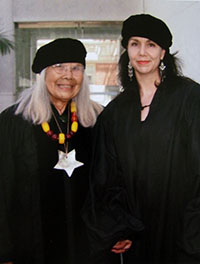 Valoma writes in the introduction, Julia Parker and other traditional practitioners have much to teach those of us in the academy. I would add, and to those not in the academy, as well. The vast personal experiences, broad and deep scope of historical evidence and creative wisdom that these two thoughtful women have brought together in this book is a gift to us all. Near the end I found a something that Parker said that feels like a guide: In our story – in our Indian way – we stop, look, and listen. Stop. Think about yourself. Rest yourself. Rest your eyes, your hands. Rest your body. Look. Look about you. Look at the smallest insect. Look at the tallest trees, which have given us shelter and food. And we listen. Listen to the sound of the water flowing. Listen to your elders, your teachers. Listen to your grandmother, your grandfather, your parents. And above all, listen to yourself.
Valoma writes in the introduction, Julia Parker and other traditional practitioners have much to teach those of us in the academy. I would add, and to those not in the academy, as well. The vast personal experiences, broad and deep scope of historical evidence and creative wisdom that these two thoughtful women have brought together in this book is a gift to us all. Near the end I found a something that Parker said that feels like a guide: In our story – in our Indian way – we stop, look, and listen. Stop. Think about yourself. Rest yourself. Rest your eyes, your hands. Rest your body. Look. Look about you. Look at the smallest insect. Look at the tallest trees, which have given us shelter and food. And we listen. Listen to the sound of the water flowing. Listen to your elders, your teachers. Listen to your grandmother, your grandfather, your parents. And above all, listen to yourself.



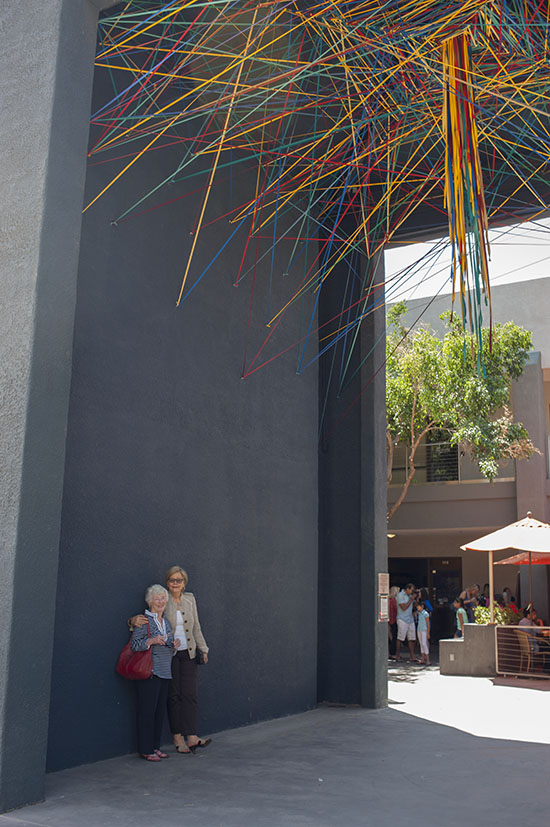
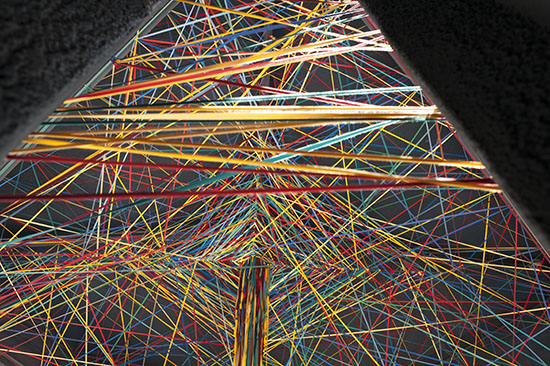

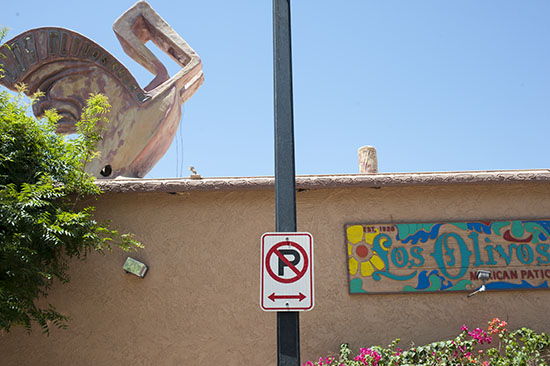
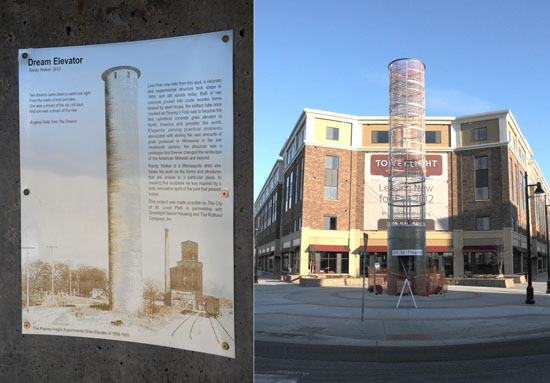


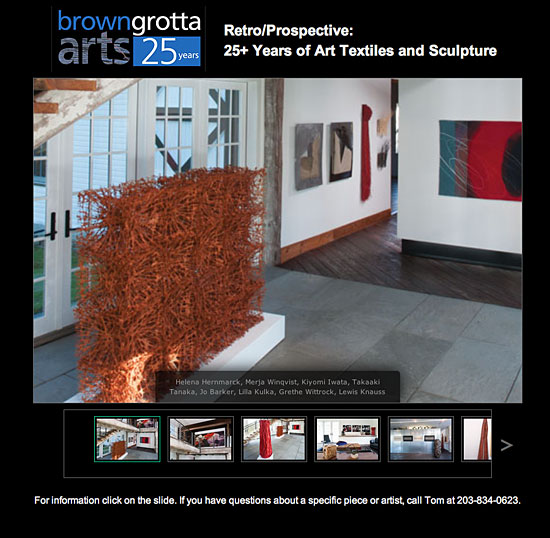

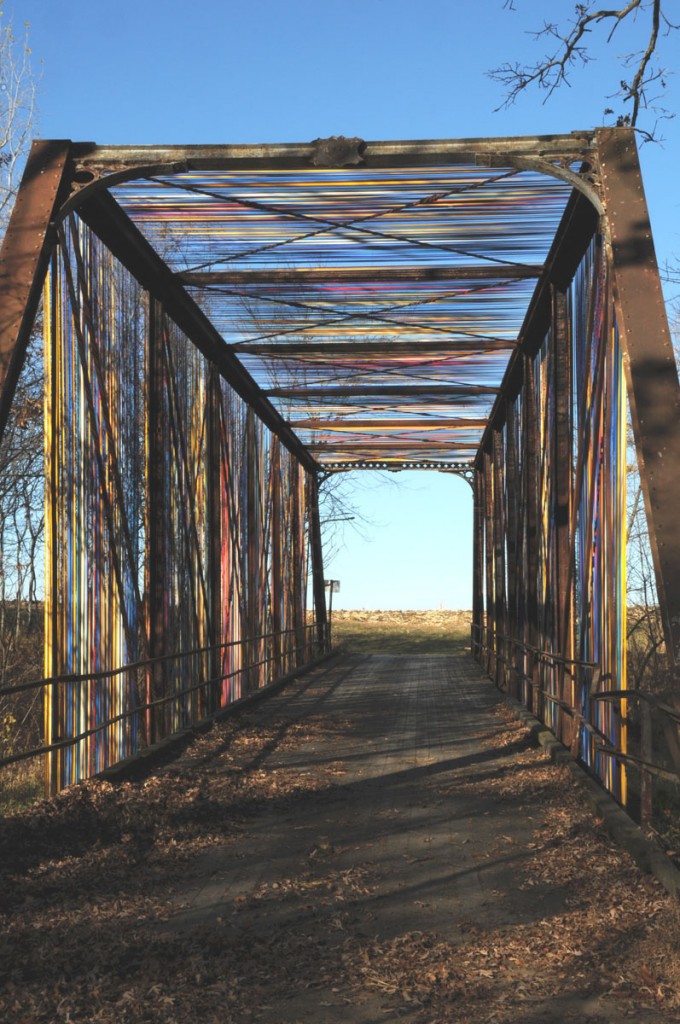


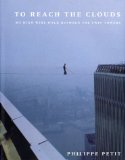
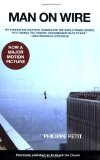 Randy Walker, who works regularly with threads and ropes and cables, writes, “Although it is a story involving only a single length of fiber,
Randy Walker, who works regularly with threads and ropes and cables, writes, “Although it is a story involving only a single length of fiber, 

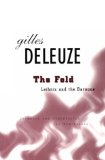

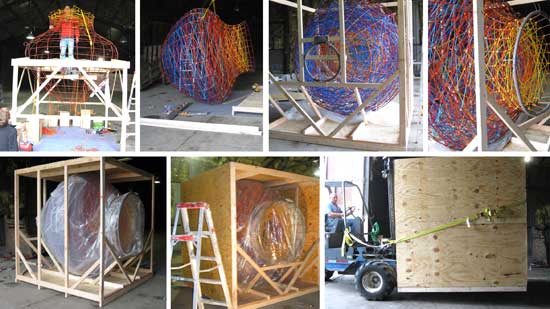







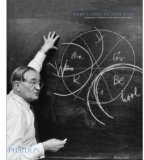

Books Make Great Gifts 2011: Artist Recommendations
This year we asked the artists we represent just one question:
What was the most enjoyed/most inspirational book you read this year?? Here are their wide-ranging replies:
The Absolutely True Diary of a Part-Time Indian by Sherman Alexie, illustrated by Ellen Forney (Little, Brown; National Book Award) . This is a semi-autobiographical novel by award-winning author, poet and film-maker, Sherman Alexie. Alexie has been named one of Granta’s Best Young American Novelists and has been lauded by The Boston Globe as “an important voice in American literature.” He is one of the most well-known and beloved literary writers of his generation, with works such as Reservation Blues and War Dances. He also wrote the screenplay for the film, Smoke Signals, based on a short story from his book, Lone Ranger and Tonto Fistfight in Heaven. In his novel, Alexie tells the heartbreaking, hilarious, and beautifully written story of a young Native American teen, Arnold, as he attempts to break free from the life he was destined to live. Arnold’s drawings illustrate the book.”
Sensual Relations by David Howes (University of Michigan) is Deborah Valoma’s recommendation.